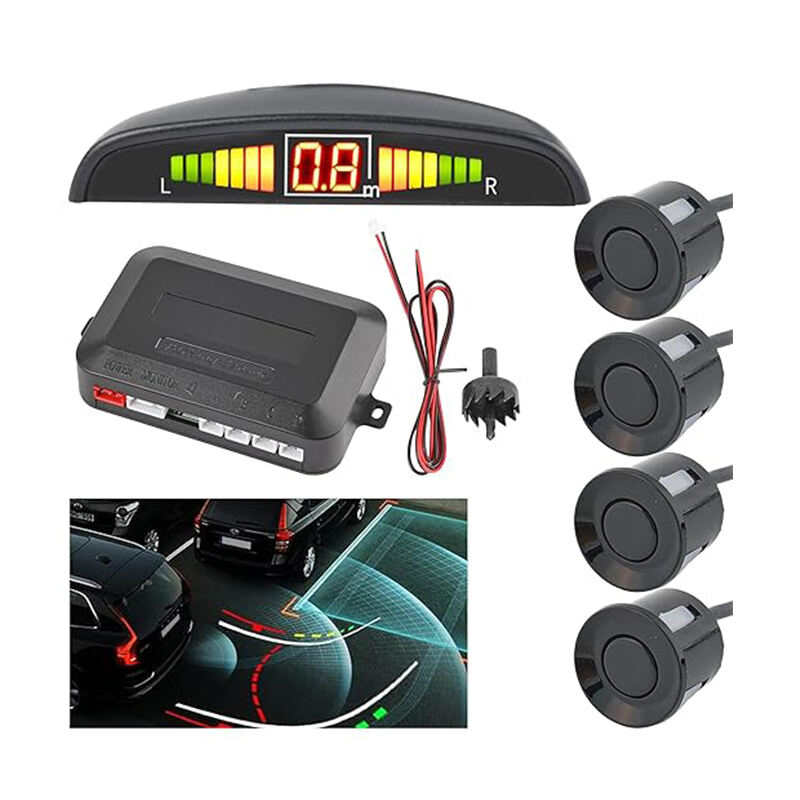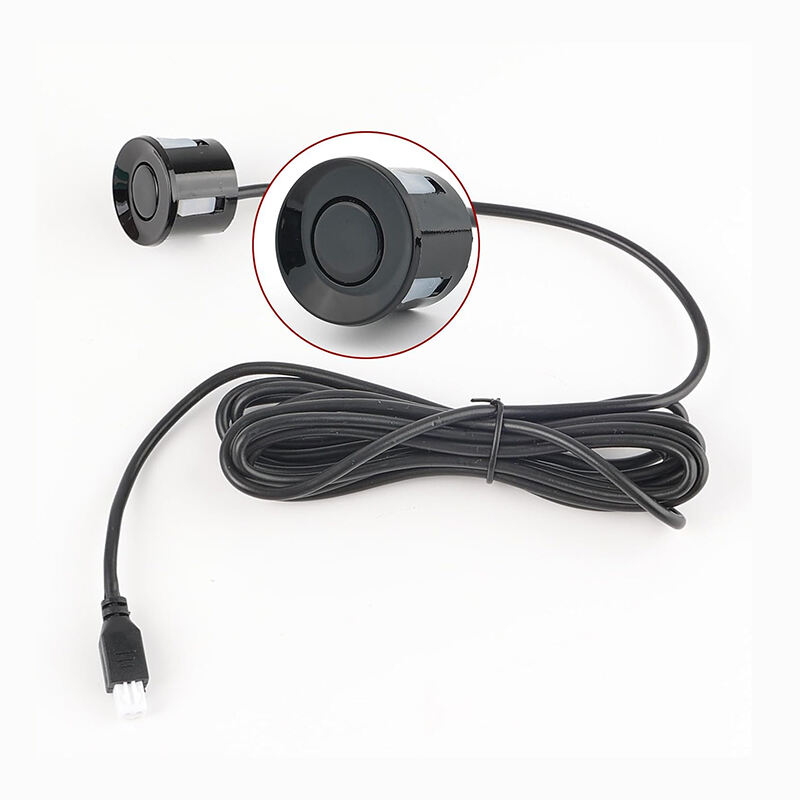front proximity sensor for car
A front proximity sensor for car is an advanced safety technology that helps drivers navigate their vehicles more safely by detecting obstacles and potential hazards in front of the vehicle. This sophisticated system uses ultrasonic waves or electromagnetic signals to measure the distance between the car and nearby objects, providing real-time feedback to the driver. The sensor typically operates by emitting signals that bounce off objects and return to the sensor, calculating the distance based on the time taken for the signal to return. Modern front proximity sensors are capable of detecting objects at varying distances, usually ranging from a few inches to several feet, and can differentiate between static and moving obstacles. These sensors are integrated with the car's central computer system and can trigger both visual and audible warnings when obstacles are detected. The technology has evolved to include features such as automatic emergency braking, adaptive cruise control, and parking assistance. Front proximity sensors work in various weather conditions and lighting situations, making them reliable safety components for everyday driving. They are particularly valuable in urban environments where traffic is dense and parking spaces are tight. The system's ability to detect pedestrians, cyclists, and other vehicles has made it an essential component in modern vehicle safety systems, contributing significantly to accident prevention and overall road safety.


